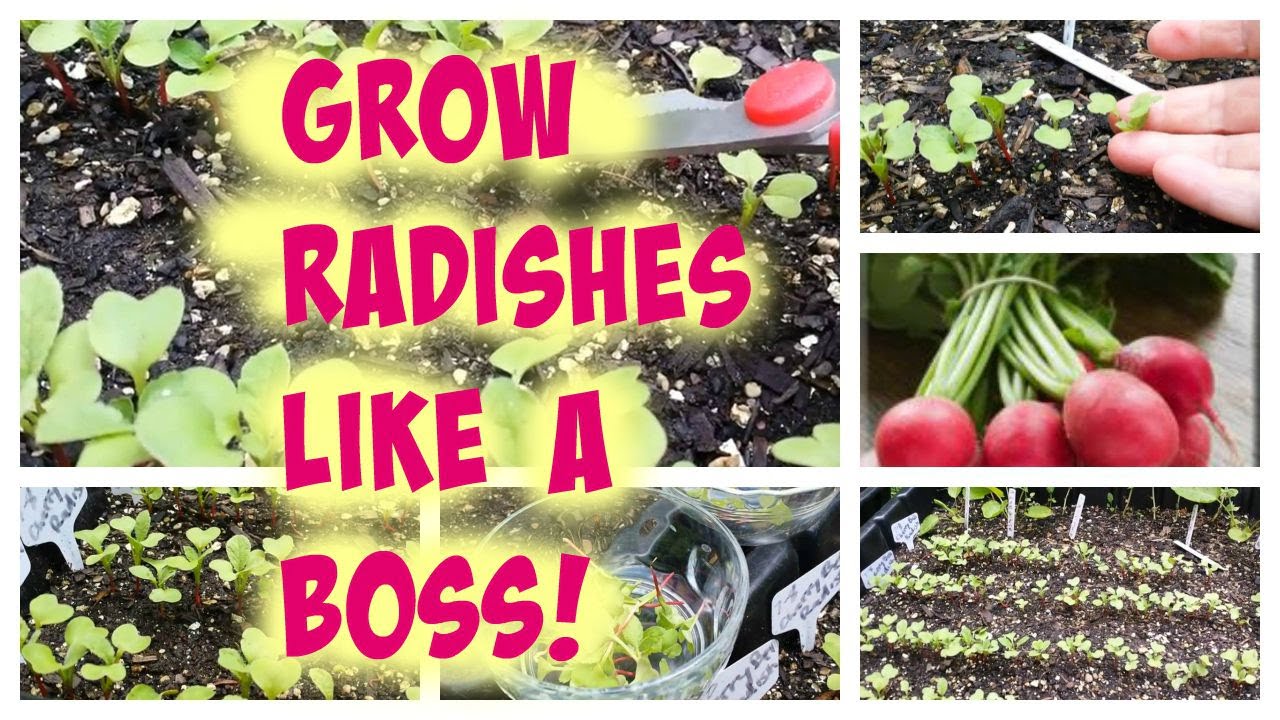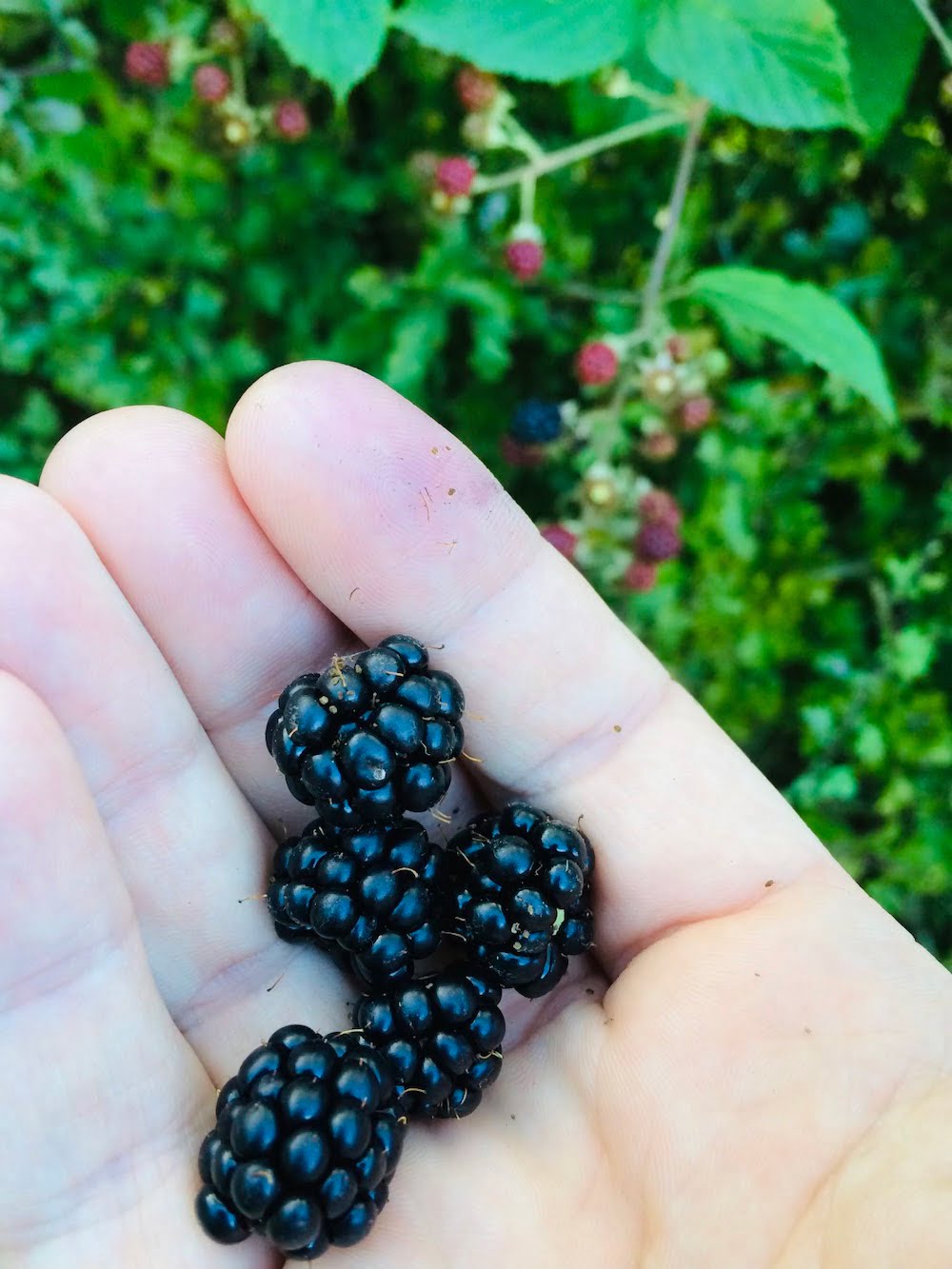So you’ve just planted your radish seeds and now you’re wondering what to do next? Don’t worry, we’ve got you covered with the ultimate guide on how to thin radishes. Thinning is a crucial step in the radish-growing process that ensures your plants have enough space to grow properly and produce those delicious roots we all love. In this article, we’ll walk you through the step-by-step process of thinning radishes, including when and how to do it, as well as the benefits it brings to your garden. By the time you finish reading this guide, you’ll be a radish thinning pro and your garden will be thriving with healthy, flavorful radishes.

Why Should You Thin Radishes?
Thinning radishes is an essential step in growing healthy and robust radishes. It may seem counterintuitive to remove some of your vibrant radish seedlings, but thinning is necessary to ensure optimal growth and root development. By thinning radishes, you are allowing the remaining seedlings to have more space, resources, and light, which ultimately results in bigger, tastier radishes. In this article, we will explore the reasons why you should thin radishes and provide you with a comprehensive guide on how to do it effectively.
When Should You Thin Radishes?
Identifying the right time to thin radishes
Knowing the right time to thin radishes is crucial to achieve the best results. Typically, radishes should be thinned when they reach a certain size, usually around 1 to 2 inches in height. At this stage, the seedlings are strong enough to withstand the thinning process, but not too mature that thinning becomes challenging. It’s important to regularly monitor the growth of your radishes and keep an eye out for signs that indicate it’s time to thin.
Factors to consider before thinning radishes
Before you dive into the process of thinning radishes, there are a few factors you should consider. Firstly, consider the spacing requirements of the specific radish variety you are growing. Some radishes, like larger varieties, require more space than others. Additionally, consider the overall condition of your radish bed. If the soil is particularly dry or compacted, it may be beneficial to water or loosen it before thinning to ensure minimal damage to the remaining plants.

Tools and Materials Needed for Thinning Radishes
Thinning radishes does not require an extensive array of tools and materials. However, having the right supplies will make the process easier and more efficient. Here are the essential tools and materials you’ll need:
Hand trowel
A hand trowel is a handy tool for digging and loosening the soil around the radish seedlings. It makes it easier to remove the excess plants without disturbing the neighboring ones.
Scissors or pruning shears
To remove the unwanted radish seedlings, a pair of sharp scissors or pruning shears will come in handy. Make sure they are clean and sterilized to minimize the risk of spreading diseases.
Gloves
Wearing gloves while thinning radishes will protect your hands from any thorns or irritants that may be present in the soil. It also ensures cleanliness and reduces the risk of contamination.
Measuring tape or ruler
A measuring tape or ruler will help you maintain the appropriate spacing between the remaining radish seedlings. This ensures each plant has enough room to grow without competing for resources.
Step-by-Step Guide to Thinning Radishes
Now that you have gathered the necessary tools and materials, let’s dive into the step-by-step process of thinning radishes for optimal growth:
Preparing the radish bed
Before you begin thinning, ensure that the radish bed is moist and the soil is loose. Water the bed if necessary and gently loosen the soil around the radish seedlings with a hand trowel. This will make it easier to remove the excess plants without causing damage to the remaining ones.
Identifying which radishes to thin
Survey the radish bed and identify the seedlings that are overcrowded or too close together. These are the plants that need to be thinned out. Look for radish seedlings that appear weaker or stunted in growth compared to the others. These are good candidates for removal.
Removing excess radish seedlings
Using your scissors or pruning shears, carefully cut the unwanted radish seedlings at the soil line. Be cautious not to disturb the adjacent healthy seedlings. Dispose of the removed seedlings properly to prevent disease spread.
Creating adequate spacing
Once you have removed the excess radish seedlings, use a measuring tape or ruler to ensure that the remaining seedlings have enough space between them. The spacing requirement may vary depending on the radish variety, so refer to the seed packet or do some research beforehand. Gently push the soil around the remaining seedlings to firm it up and ensure stability.

Tips for Thinning Radishes
Thinning radishes can be a delicate process, so here are some handy tips to help you achieve the best results:
Thin radishes gradually
Rather than thinning all the radishes at once, consider thinning them in stages. This gradual thinning allows you to observe the progress and adjust the spacing if needed. It also reduces the shock to the remaining seedlings, increasing their chances of thriving.
Watering and fertilizing after thinning
After thinning, give your radishes a good watering to help them recover from the stress of thinning. Additionally, consider applying a balanced fertilizer to provide the remaining seedlings with a nutrient boost. Proper hydration and nutrition are key to healthy radish growth.
Using thinned radishes for meals
Don’t let those thinned radishes go to waste! Instead of disposing of them, use the young, tender radishes in your meals. They can be a delightful addition to salads, sandwiches, or even pickled for future use. Embrace the concept of “garden-to-table” and enjoy the fruits of your thinning labor.
Common Mistakes to Avoid When Thinning Radishes
While thinning radishes is a relatively simple process, there are a few common mistakes that are important to avoid:
Thinning too late
If you wait too long to thin your radishes, it could lead to stunted growth and inadequate root development. Thinning at the appropriate time ensures that the remaining seedlings have ample space to develop into plump and flavorful radishes.
Thinning too early
On the other hand, thinning the radishes too early when they are still too small can disrupt their growth and potentially harm the remaining plants. Wait until the seedlings have reached a reasonable size before thinning to avoid any negative consequences.
Not spacing radishes properly
Proper spacing is key to ensuring healthy radish growth. Neglecting to space them adequately may result in crowding, competition for resources, and stunted growth. Take the time to measure and space the seedlings according to the recommended guidelines for the specific radish variety you are growing.

FAQs about Thinning Radishes
Here are answers to some commonly asked questions about thinning radishes:
Can I transplant the thinned radishes?
It is generally not recommended to transplant the thinned radishes. The process of thinning is necessary to create enough space for the remaining radishes to grow and develop fully. Transplanting may disturb the root systems and hinder their progress.
How long does it take for thinned radishes to grow?
After thinning, radishes typically take around 3 to 4 weeks to reach maturity, depending on the variety. It’s important to monitor their growth and harvest them at the appropriate time to enjoy the best flavor and texture.
Can I thin radishes in containers?
Yes, you can thin radishes in containers. The process is similar to thinning radishes in garden beds. Carefully remove the excessive seedlings, maintain appropriate spacing, and provide adequate water and nutrients for optimal growth.
Benefits of Thinning Radishes
Thinning radishes offers several benefits for their overall growth and development:
Promotes better growth and root development
By thinning radishes, you provide each remaining seedling with the necessary space, light, and resources to flourish. This results in healthier plants with larger, more flavorful radishes.
Reduces competition for resources
When radishes are overcrowded, they compete for vital resources like water, sunlight, and nutrients. Thinning eliminates overcrowding, ensuring each radish gets what it needs to thrive.
Enhances disease and pest resistance
Crowded plants are more susceptible to diseases and pests due to limited airflow and increased humidity. Thinning radishes creates better air circulation and makes it easier to spot and manage any potential issues.

Conclusion
Thinning radishes is a simple yet important step in growing delightful radishes in your garden or containers. By thinning radishes at the right time and providing them with adequate spacing, you are setting them up for success. Remember to use the appropriate tools, follow the step-by-step guide, and avoid common mistakes to ensure the best results. Embrace the benefits of thinning radishes, and soon you’ll be enjoying the bountiful harvest of your delicious radishes!



